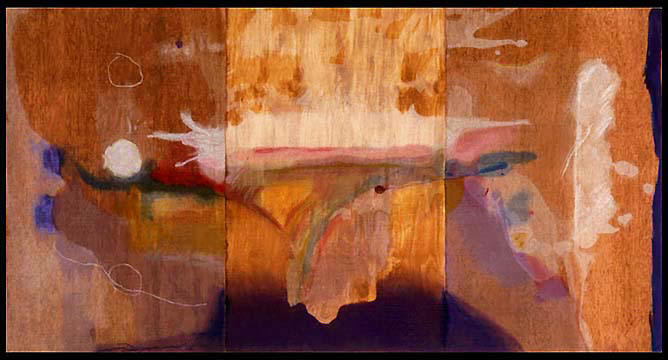A b s t r a c t i o n

| The
A r t of A b s t r a c t i o n |
|
|
Select: |
|
|
What is Abstract Expressionism? It is a modern art movement that flowered in America after the Second World War and held sway until the dawn of Pop Art in the 1960's. Abstract Expressionism has its roots in other earlier 20th century art movements such as Cubism and Surrealism that promoted abstraction rather than representation. In the late 1930s and early 1940s many Surrealists fled Europe and settled in New York. The new movement was heavily indebted to the ideas of the European pioneers of abstraction, including Wassily Kandinsky, whose work was championed and influenced a young generation of painters struggling to find a voice for American art. With this movement New York replaced Paris as the center of the art world. The psychoanalytic theories of Sigmund Freud and Carl Jung provided the intellectual context in this quest for new subject matter. What does "abstraction rather than representation mean?" Representation means that the artist is trying to depict an object or a person in a realistic and true manner with his specific two or three dimensional medium. On the other end of the spectrum is abstraction, in which the artist might start with the idea of something real, but simplify it or extract the essential components from it. Look at Wassily Kandinsky's works on the left. What do you see? How may you create an abstract painting? 1. Become familiar with the elements and principals of design which will allow you to create a more interesting, visually stimulating picture. 2. Look
at works done by the masters, identify which works of art resonate within
you. Why do you like the particular piece? How does it make you feel? 3. Start working on your abstract painting!
|
Andrea Micheletti
May, 2004